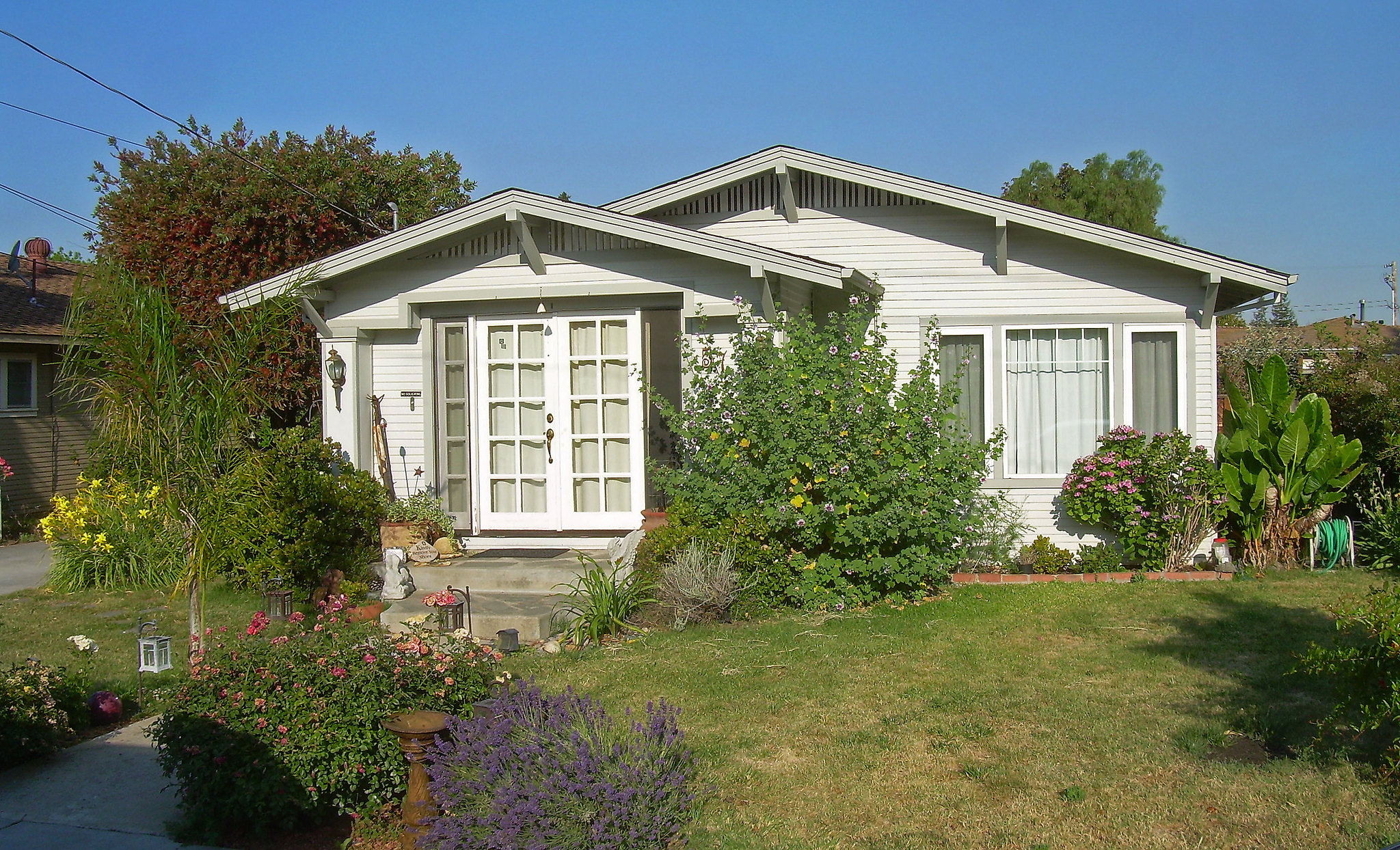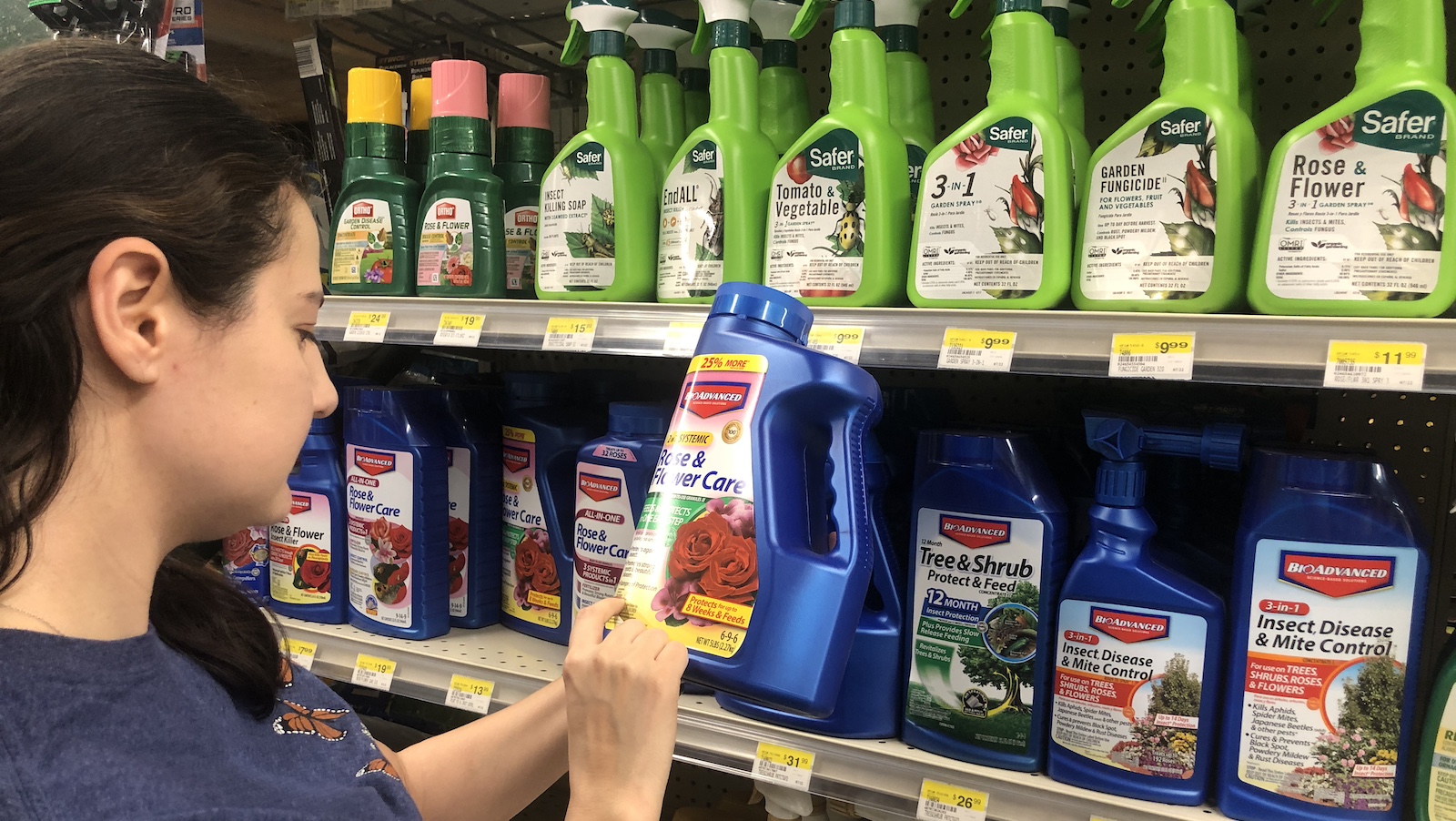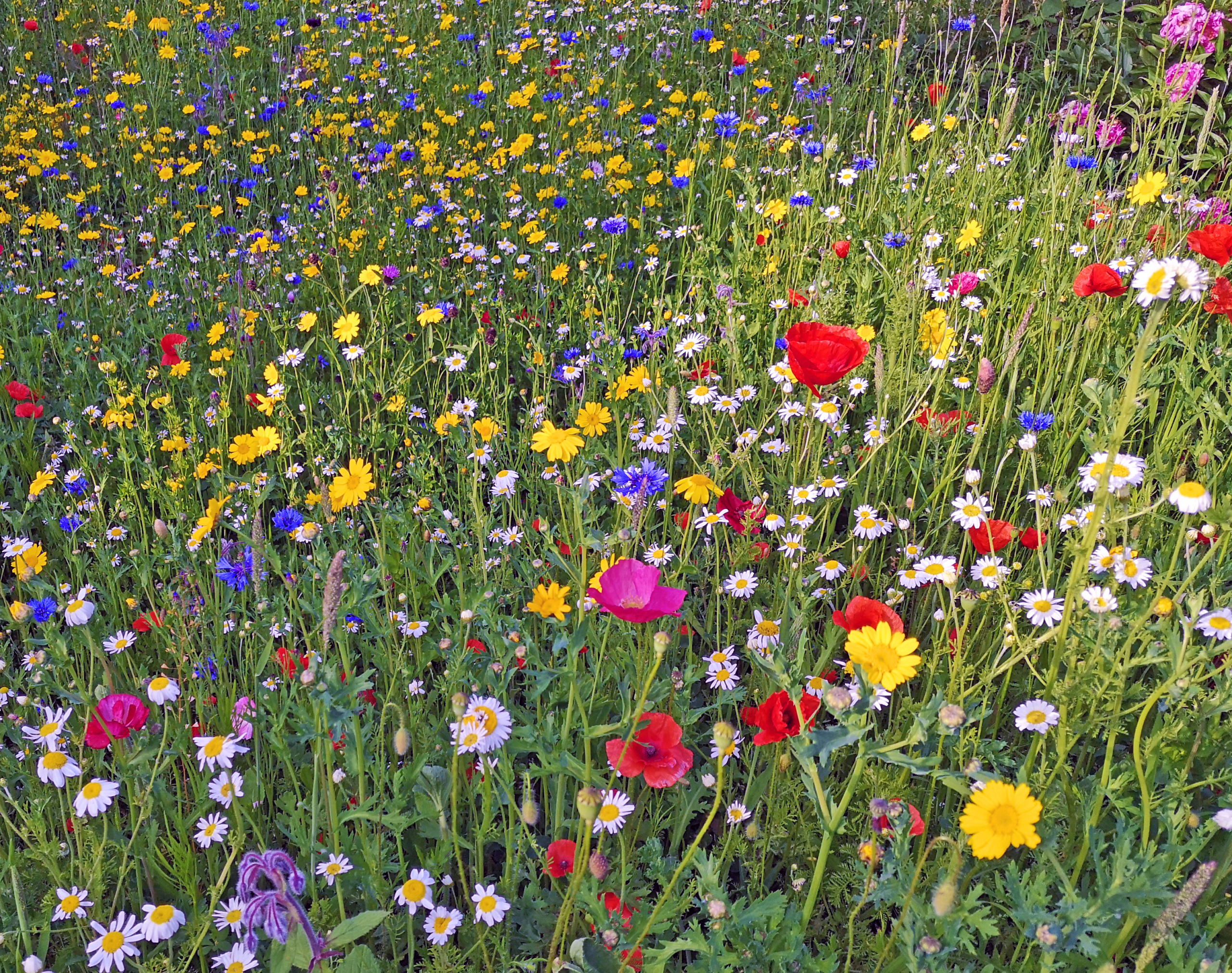
Pollution from leaf blowers and lawn equipment
Cities are instituting bans and other programs to reduce their harm

Across the nation a consistent and similar event occurs daily: the sound and smell of mowers, blowers, wackers and trimmers fills the air as individuals and companies go about their lawn-related tasks. This is not a happy time for participants or bystanders – one in five Americans rank lawn care as their most despised chore and those forced to listen to the often ear-damaging noise are similarly infuriated. In addition to the sound, the small engines that run landscaping equipment spew more air pollution than most cars and trucks. All this has meant that in the past few years, almost 100 cities in the U.S. have banned or limited the usage of landscaping equipment, including Dallas’ recent proposal making its way through the City Council. So what makes this gas-powered equipment so harmful for people and the environment, and what are some of the possible alternatives?
Landscaping Equipment and Pollution
A typical piece of powered landscaping equipment runs off of what is categorized as a small off-road engine, or SORE. Unlike vehicle engines, the emissions produced by a SORE have remained relatively unregulated and therefore release large quantities of air pollution including spewing out one third of the gas and oil that goes into the engine as an aerosolized exhaust mixture. However, production advancements have made them cheaper and more reliable than ever, resulting in a huge commercial and residential demand driven primarily by the lawn and garden market.
There are over 40 million acres of lawn in the U.S., more area than any irrigated crop grown in the U.S. In some states, turf grass covers over 20% of the available land. The energy it takes to maintain these areas is immense, the EPA found that gas-powered mowers contribute 5% of the total U.S. air pollution, with an even greater impact in urban areas. With typical emissions often over 120 times higher from a SORE than a car or truck, the California Air Resources Board estimated that air pollution caused by landscaping equipment could easily overtake that caused by all of the millions of cars on California’s roads. The Department of Transportation recently released data showing that in 2018, Americans used nearly three billion gallons of gasoline for lawn and garden maintenance, with a further 17 million gallons being spilled during the refueling process.
Even with other engine improvements this equipment is not becoming significantly less wasteful – using the bestselling lawn mower in 2016 for one hour caused an equal amount of pollution as driving a 2016 Toyota Camry over 300 miles. And a 2016 leaf blower, that neighborhood scourge, released the same amount of air pollution in a hour as driving a whopping 1,100 miles. Clearly, it is time for a reevaluation of American lawns.
Small-Scale Solutions
On an individual basis, there are several possible alternatives to alleviate much or all of this pollution and energy intensive yard work. Decreasing the grass cover of a yard in the corners by replacing with native plant beds or low-maintenance ground cover can substantially reduce effort and pollution – just giving over 25% of the original lawn to non-turf options can save cutting time by 50%. It is also possible to completely replace a turf lawn with techniques such as xeriscaping: utilizing cacti, succulents, and other native plants to build a natural space without the hours of required lawn maintenance (xeriscaping also saves on water!). There is also the option of simply letting a lawn become a functioning ecosystem on its own – in as little as a year without mowing, a lawn can revert back to an area serving as a natural habitat for countless small creatures crucially important to the environment. Meadowscaping is another option that helps to support pollinators and reduces a yard’s ecological footprint.
However, if the look of turf grass is too appealing to let go of – or if a grass lawn is mandated by a HOA or city – there are still plenty of pollution reducing options. Many smaller yards can easily be mowed, trimmed, and raked completely by hand without too much of an additional time burden. People-powered yard tools are also cheaper and easier to maintain than their gas counterparts. Electric landscaping equipment is also available, and with recent battery advancements, it is more affordable than ever. And even with a higher initial cost, during a typical 10-year lifespan the cost will level out due to a reduction in fuel and maintenance related expenses. Hearteningly, there are now landscaping companies that have made the switch to fully-electric, solar powered equipment and consumers can frequent these more ecological companies.
Large-Scale Solutions
Some of the above practices can also be used on commercial or public land. The recently constructed Waterloo Park in Austin has devoted much of the land to native plants and trees, reducing the need for weekly mowing. The remaining turf lawns are maintained by an all-electric fleet of equipment. Local governments should also take the initiative by promoting eco-friendly lawn care, such as becoming an AGZA Certified Green Zone. In addition, municipalities should reevaluate code requirements for specific lawn care, such as Round Rock’s grass height restriction, which can limit the adoption of more eco-friendly yards like urban meadow lawns.
Cities and states can also ban or limit the usage of gas-powered equipment such as leaf blowers. As mentioned previously, almost 100 cities across the U.S. have done so. California has gone one step further and become the first state to completely phase out gas-powered SOREs, requiring all new small-engine equipment to be zero emission by 2024.
Keelan Lentz is an Environment Texas intern and a senior at UT Austin majoring in Urban Studies and Health and Society.
Topics
Find Out More


How to avoid bee-killing pesticides

National web briefing tackles harmful pollution from lawn equipment


